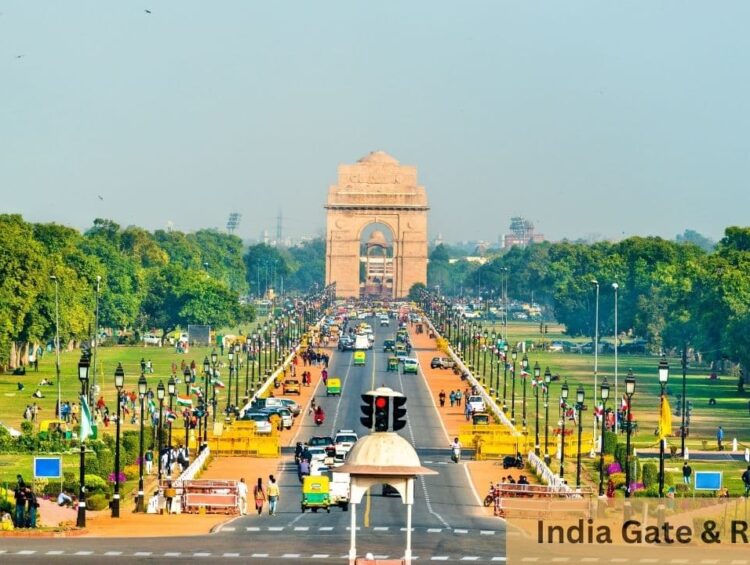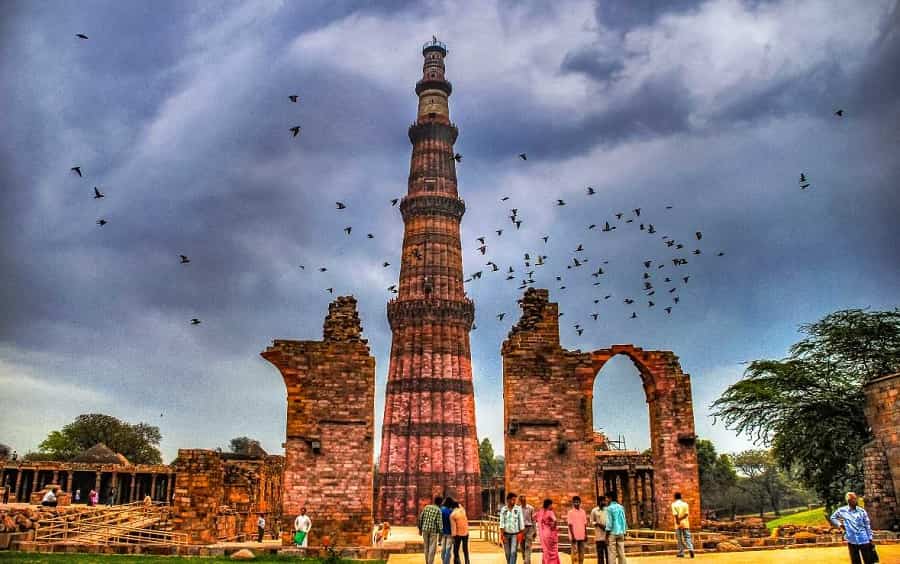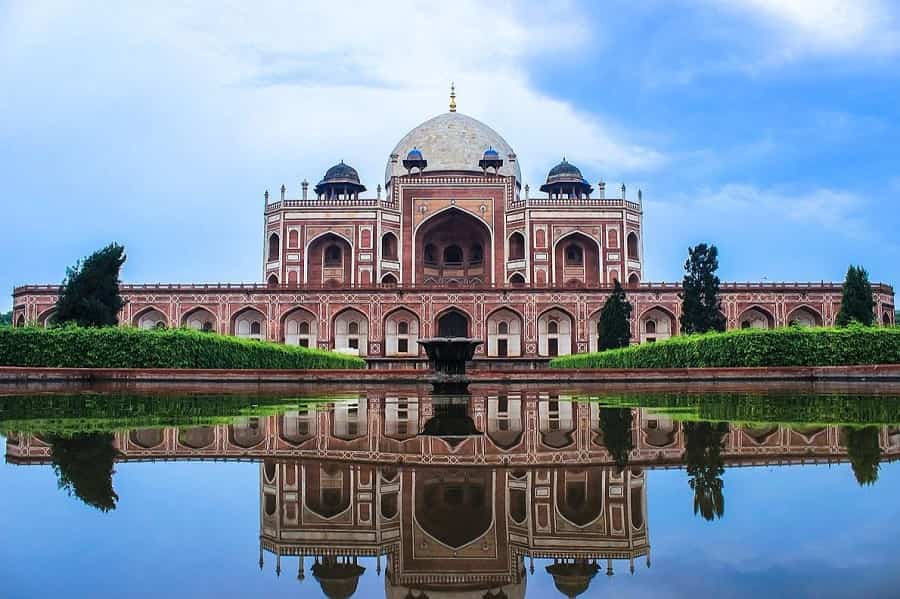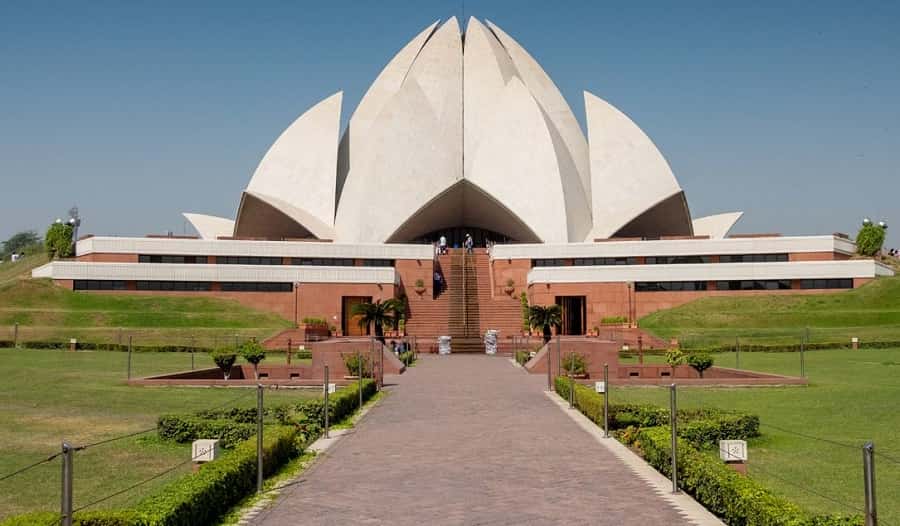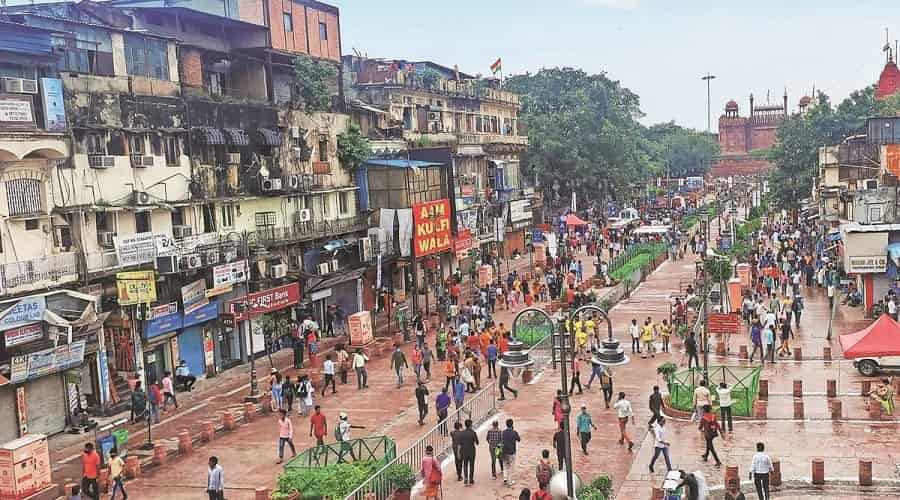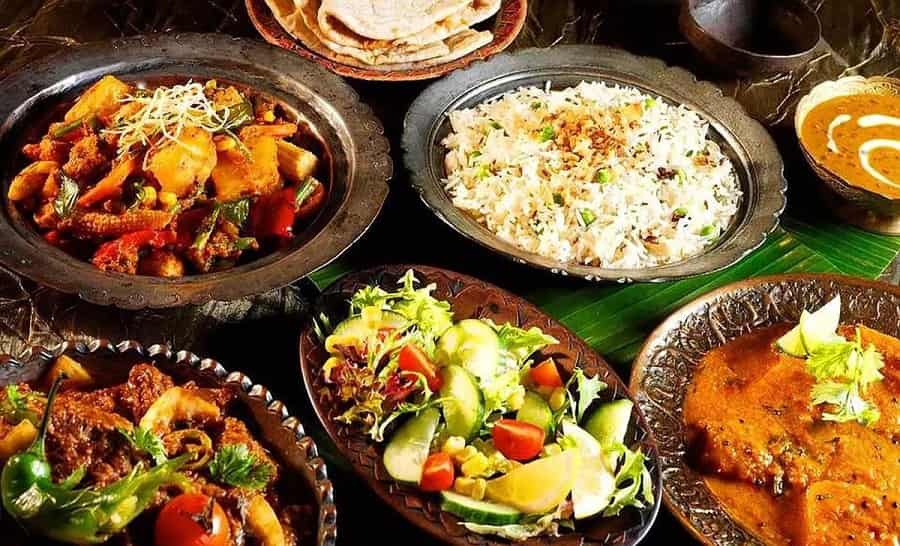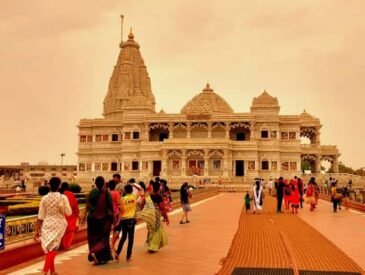Delhi, the vibrant capital city of India, is a tapestry of ancient history and modern marvels. Known for its rich heritage, culture, and bustling energy, Delhi has been the heart of India for centuries, serving as the political, cultural, and commercial hub. From majestic Mughal-era architecture to British colonial landmarks, and bustling bazaars to serene gardens, a classic Delhi tour offers visitors an unparalleled blend of experiences.
In this article, we will take you through a comprehensive guide to exploring Delhi, covering its history, key landmarks, cultural significance, food, and much more. Whether you are a history buff, a foodie, or simply someone looking to experience the essence of India, this classic tour of Delhi is sure to captivate your senses.
A Glimpse into Delhi’s Rich History
Before diving into the specifics of a classic Delhi tour, it’s essential to understand the city’s deep-rooted historical significance. Delhi has been continuously inhabited for over 2,500 years and has served as the seat of power for many empires, from the ancient Pandavas of the Mahabharata era to the powerful Mughal dynasty and eventually the British Raj. Each dynasty and ruler left an indelible mark on the city, shaping its architecture, culture, and character.
Delhi was first mentioned in ancient texts as “Indraprastha,” the capital of the Pandavas in the epic Mahabharata. Throughout history, the city was repeatedly destroyed and rebuilt, and today, Old Delhi and New Delhi reflect the two distinct phases of its past. Old Delhi is reminiscent of the Mughal era with its narrow lanes, forts, and mosques, while New Delhi showcases British colonial grandeur and modern architectural landmarks.
Key Landmarks on a Classic Delhi Tour
A trip to Delhi is incomplete without visiting some of its iconic monuments and landmarks. Here are the must-visit places that should be part of any classic Delhi tour:
Red Fort (Lal Qila)
The Red Fort, a UNESCO World Heritage Site, stands as a symbol of India’s rich history and was once the residence of the Mughal emperors. Built by Emperor Shah Jahan in 1638, this massive red sandstone fortress is a masterpiece of Mughal architecture. Inside the fort, you can explore structures like the Diwan-i-Aam (Hall of Public Audience), Diwan-i-Khas (Hall of Private Audience), and the Rang Mahal (Palace of Colors).
The fort is especially significant as the site where India’s first Prime Minister, Jawaharlal Nehru, raised the Indian flag on August 15, 1947, marking the country’s independence from British rule.
Jama Masjid
Situated close to the Red Fort, Jama Masjid is one of the largest mosques in India. Built by Shah Jahan between 1644 and 1656, this mosque can hold up to 25,000 worshippers. Its imposing structure, featuring three grand gates, four towers, and two 40-meter-high minarets, is a testament to the grandeur of Mughal architecture. The mosque is particularly beautiful during the evening as the setting sun casts a golden glow on its red sandstone and white marble exterior.
Qutub Minar
Another UNESCO World Heritage Site, the Qutub Minar is a towering minaret standing at 73 meters (240 feet) and was constructed by Qutb-ud-din Aibak in 1193. It marks the beginning of Muslim rule in India and is the tallest brick minaret in the world. Surrounding the minar are several other historical structures, including the Quwwat-ul-Islam Mosque and the Iron Pillar, which has baffled scientists with its rust-resistant properties despite being over 1,500 years old.
India Gate
A classic tour of Delhi is incomplete without a visit to the India Gate, an iconic war memorial built in honor of the Indian soldiers who died during World War I and the Third Anglo-Afghan War. Designed by Sir Edwin Lutyens, this 42-meter-high arch is reminiscent of the Arc de Triomphe in Paris. India Gate is a popular spot for evening strolls, and the surrounding lawns are perfect for picnics.
Humayun’s Tomb
The precursor to the Taj Mahal, Humayun’s Tomb is one of the finest examples of Mughal architecture in Delhi. Built in 1570, this UNESCO World Heritage Site is the final resting place of Emperor Humayun and was commissioned by his widow, Empress Bega Begum. The tomb is surrounded by lush gardens and fountains, creating a tranquil atmosphere. The intricate Persian-influenced design of the tomb, made from red sandstone and white marble, served as an inspiration for later Mughal monuments.
Lotus Temple
One of Delhi’s most distinctive modern structures, the Lotus Temple is a Bahá’í House of Worship that welcomes people of all religions. The temple is shaped like a lotus flower, symbolizing purity, peace, and divinity. Surrounded by nine pools of water, the structure exudes a sense of serenity. Unlike traditional places of worship, the Lotus Temple has no idols or religious symbols, and visitors can sit inside to meditate in peaceful silence.
Rashtrapati Bhavan and Rajpath
Rashtrapati Bhavan, the official residence of the President of India, is a majestic building located at the western end of Rajpath, a ceremonial boulevard that stretches to India Gate. The vast expanse of Rashtrapati Bhavan, with its Mughal Gardens, is an impressive example of British colonial architecture. Designed by Sir Edwin Lutyens, the complex is open to the public during specific times of the year, and the Mughal Gardens are a must-see during the blooming season.
Cultural Experiences in Delhi
Delhi is not just about monuments and architecture; the city is a melting pot of cultures, religions, and traditions. A classic Delhi tour offers plenty of opportunities to experience the rich cultural heritage of India.
Chandni Chowk: The Soul of Old Delhi
One of the most famous and chaotic markets in India, Chandni Chowk is a sensory overload of sights, sounds, and smells. Narrow lanes bustling with shoppers, traders, rickshaws, and street vendors give visitors a glimpse into the vibrant life of Old Delhi. Whether you’re looking for traditional Indian fabrics, spices, jewelry, or street food, Chandni Chowk has it all.
For food lovers, Chandni Chowk is a paradise. The area is home to some of the most famous eateries in Delhi, such as Paranthe Wali Gali (known for stuffed parathas) and Karim’s (famous for Mughal cuisine). A culinary tour of Old Delhi is a must for anyone seeking authentic Indian flavors.
Dilli Haat: A Craft and Food Lover’s Paradise
Dilli Haat is an open-air market that brings together artisans and food vendors from different states of India. Here, you can shop for handcrafted goods, textiles, pottery, and jewelry from various regions. The market also features food stalls representing the culinary traditions of different Indian states, offering visitors a unique opportunity to sample regional dishes.
Dilli Haat is a great place to buy souvenirs and gifts, as many of the products are directly sourced from artisans, ensuring authenticity and quality.
India Habitat Centre and National Museum
For those interested in contemporary art and culture, the India Habitat Centre regularly hosts art exhibitions, cultural events, and performances. The National Museum, on the other hand, offers a deep dive into India’s history, showcasing artifacts, sculptures, manuscripts, and textiles from various periods of Indian history.
The Food Trail: Flavors of Delhi
Delhi’s culinary scene is as diverse as its population. From street food vendors to fine-dining restaurants, the city offers a wide array of dishes influenced by Mughal, Punjabi, Rajasthani, and South Indian cuisines. Here are some of the must-try foods when touring Delhi:
Street Food Delights
- Chaat: Delhi is famous for its chaat, a savory snack typically made with fried dough, yogurt, tamarind chutney, and various spices. Popular places to try chaat include Chandni Chowk and Bengali Market.
- Aloo Tikki: A crispy, fried potato patty served with chutneys and yogurt, aloo tikki is another street food favorite.
- Golgappa (Pani Puri): Small, hollow crispy puris filled with spicy tamarind water, chickpeas, and potatoes.
- Chole Bhature: A dish of spicy chickpeas served with fluffy fried bread (bhature), often considered the quintessential Delhi breakfast.
Mughlai Cuisine
- Butter Chicken: Invented in Delhi, butter chicken is a creamy, tomato-based curry that is a favorite across the world. Head to Moti Mahal in Daryaganj to try the original.
- Biryani: Delhi’s Mughlai roots mean that biryani is a staple in the city. You can try both the Mughal-style biryani as well as other regional variations.
- Kebabs: Delhi is renowned for its wide variety of kebabs, including seekh kebabs, galouti kebabs, and shammi kebabs. Head to Karim’s or Bukhara for an authentic experience.
Also Read:
Fine Dining in New Delhi
While Old Delhi offers a rustic and vibrant food experience, New Delhi boasts fine-dining restaurants that serve both Indian and international cuisines. Restaurants like Indian Accent, Varq, and Bukhara have won accolades for their innovative takes on traditional Indian dishes.
Getting Around Delhi
Delhi is a sprawling city, and exploring all its nooks and crannies can be overwhelming. However, the city’s well-connected public transport system, including the Delhi Metro, makes getting around convenient. The Metro covers most of the city’s major attractions, and for areas not accessible by Metro, taxis, auto-rickshaws, and ride-sharing apps like Uber and Ola are widely available.
If you prefer a more curated experience, many tour operators offer classic Delhi tours with a guide, providing a more personalized exploration of the city.
Best Time to Visit
The ideal time to embark on a classic Delhi tour is during the cooler months, from October to March. During this period, the weather is pleasant and perfect for sightseeing. The summer months (April to June) can be scorching, with temperatures reaching up to 45°C (113°F). Monsoon season (July to September) brings some relief from the heat but can cause flooding and transportation delays.
Conclusion
A classic Delhi tour is an immersive journey through time, offering a unique blend of history, culture, architecture, and cuisine. From the majestic Red Fort and Qutub Minar to the bustling lanes of Chandni Chowk and the serene beauty of Humayun’s Tomb, Delhi is a city that leaves an indelible mark on every traveler. Whether you’re exploring its ancient monuments or savoring its rich culinary delights, Delhi promises an unforgettable experience that reflects the true essence of India.

